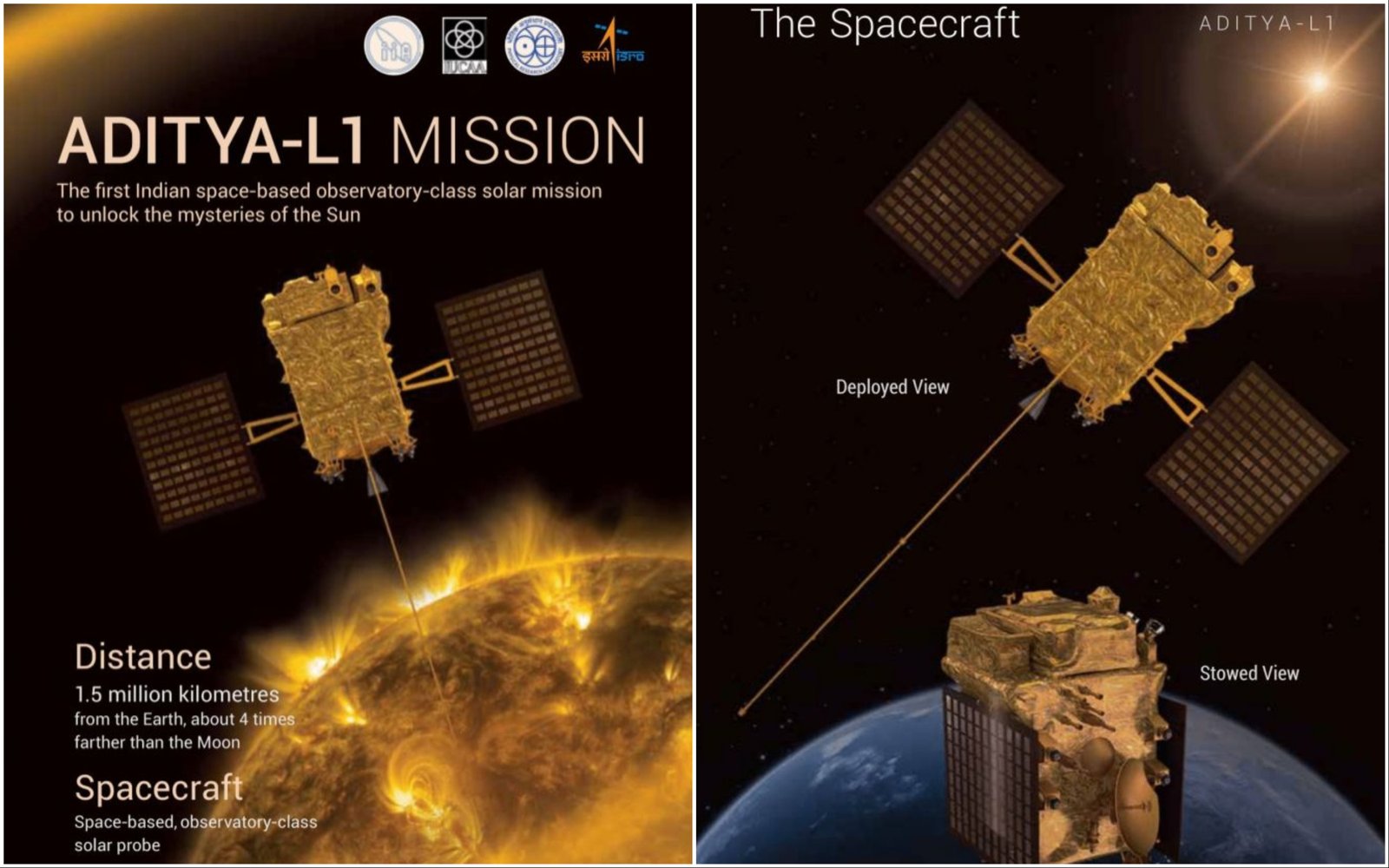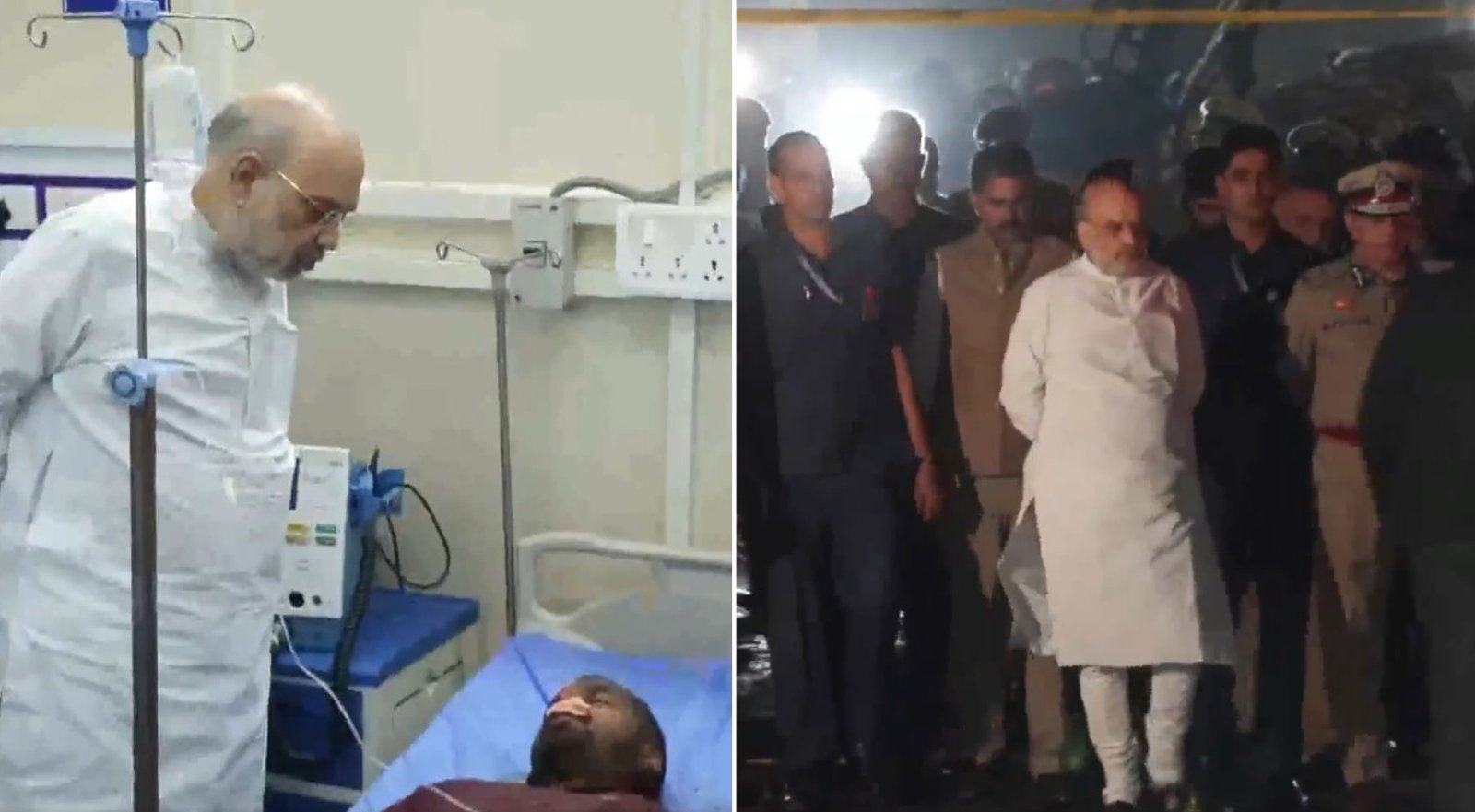After the moon, India to launch Aditya-L1 mission to the Sun
- EP News Service
- Aug 31, 2023

Illustration of ISRO's Aditya L1 Mission
BENGALURU: After achieving success with the Chandrayaan-3 Moon mission, the Indian Space Research Organisation (ISRO) announced that India's first solar mission Aditya-L1 to observe the Sun will be launched on September 2 at 11.50 a.m. from the Satish Dhawan Space Centre Second Launch Pad in Sriharikota in Andhra Pradesh.
Designed and developed by the ISRO and various other Indian research institutes, Aditya-L1 will be inserted to about 1.5 million km from the Earth in a halo orbit around the L1 Lagrange point between the Earth and the Sun where it will study the solar atmosphere, solar magnetic storms and its impact on the environment around Earth.
Lagrange points are named in honour of Italian-French mathematician Josephy-Louis Lagrange. are positions in space where the gravitational forces of the Sun and the Earth produce enhanced regions of attraction and repulsion. According to NASA, these can be used by spacecraft to reduce fuel consumption needed to remain in position.
According to ISRO, placed in a halo orbit around the L1 point of the Sun-Earth system, the Aditya-L1 point will have the major advantage of continuously viewing the Sun without any planets obstructing the view or causing eclipses. "This will provide a greater advantage of observing the solar activities and its effect on space weather in real-time," the space agency said.
The Aditya-L1 mission holds the promise of significantly advancing the understanding of the Sun's behaviour and its interactions with Earth and the space environment. The planned observations and data collection from this mission could lead to several groundbreaking discoveries and insights in the field of solar and heliophysics like the Coronal Heating Mechanism, which is one of the central puzzles as to why the Sun's corona is much hotter than its surface.
Using the special vantage point L1, four payloads would directly view the Sun and the remaining three payloads are expected to carry out in-situ studies of particles and fields at the L1 point, thus providing important scientific studies of the propagatory effect of solar dynamics in the interplanetary medium.
Among the main aims would be to study, Space Weather Prediction to understand the Sun's behaviour for predicting space weather events, Solar Wind and Magnetic Field Studies to study solar wind's properties and the interplanetary magnetic field.
Conduct Comprehensive Solar Atmosphere Imaging and Understanding of Earth's Climate that can influence Earth's climate over long timescales and studying the Origin and Dynamics of coronal mass ejections that are powerful and potentially disruptive solar events are other major objectives of the expedition.











Reporter
View Reporter News